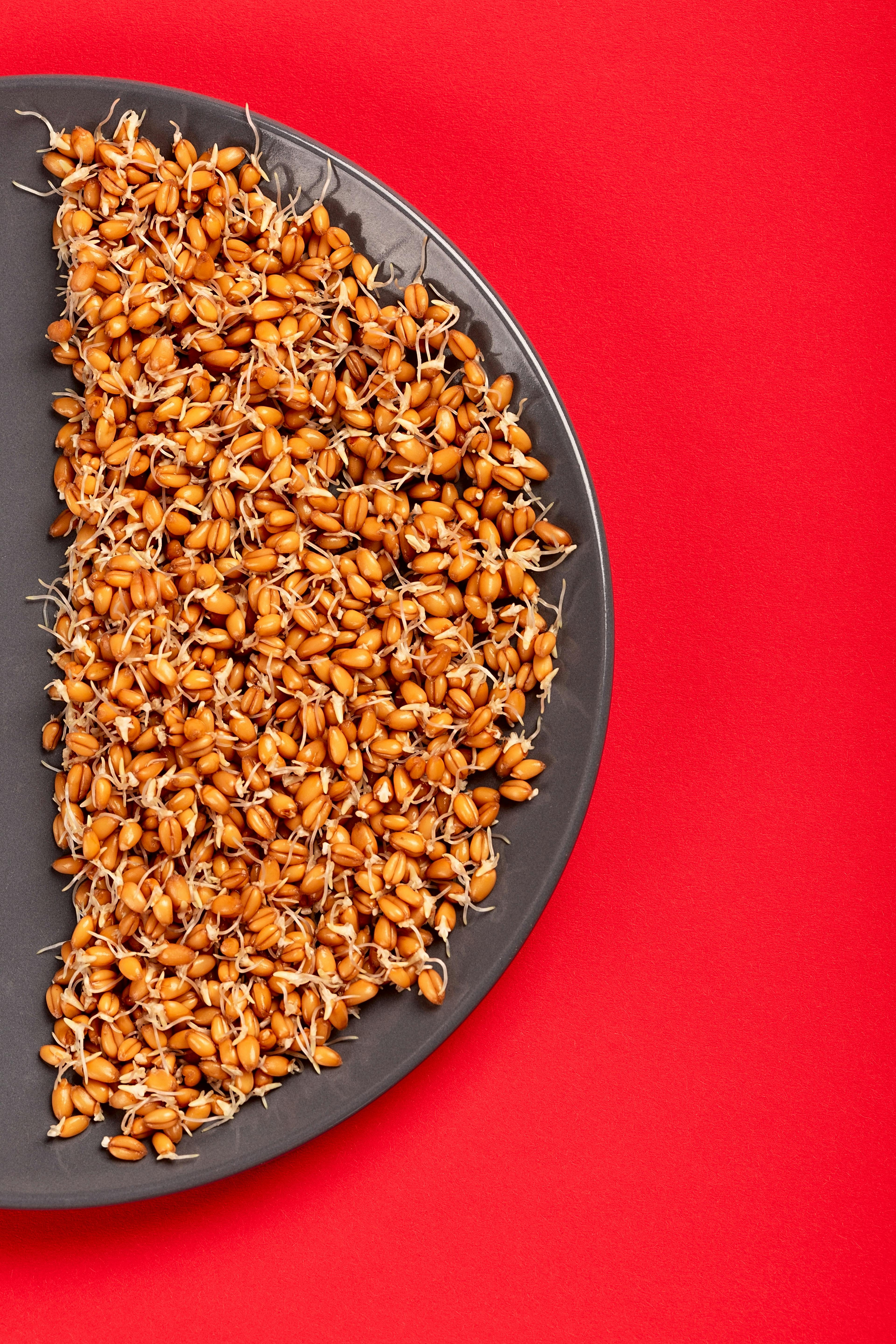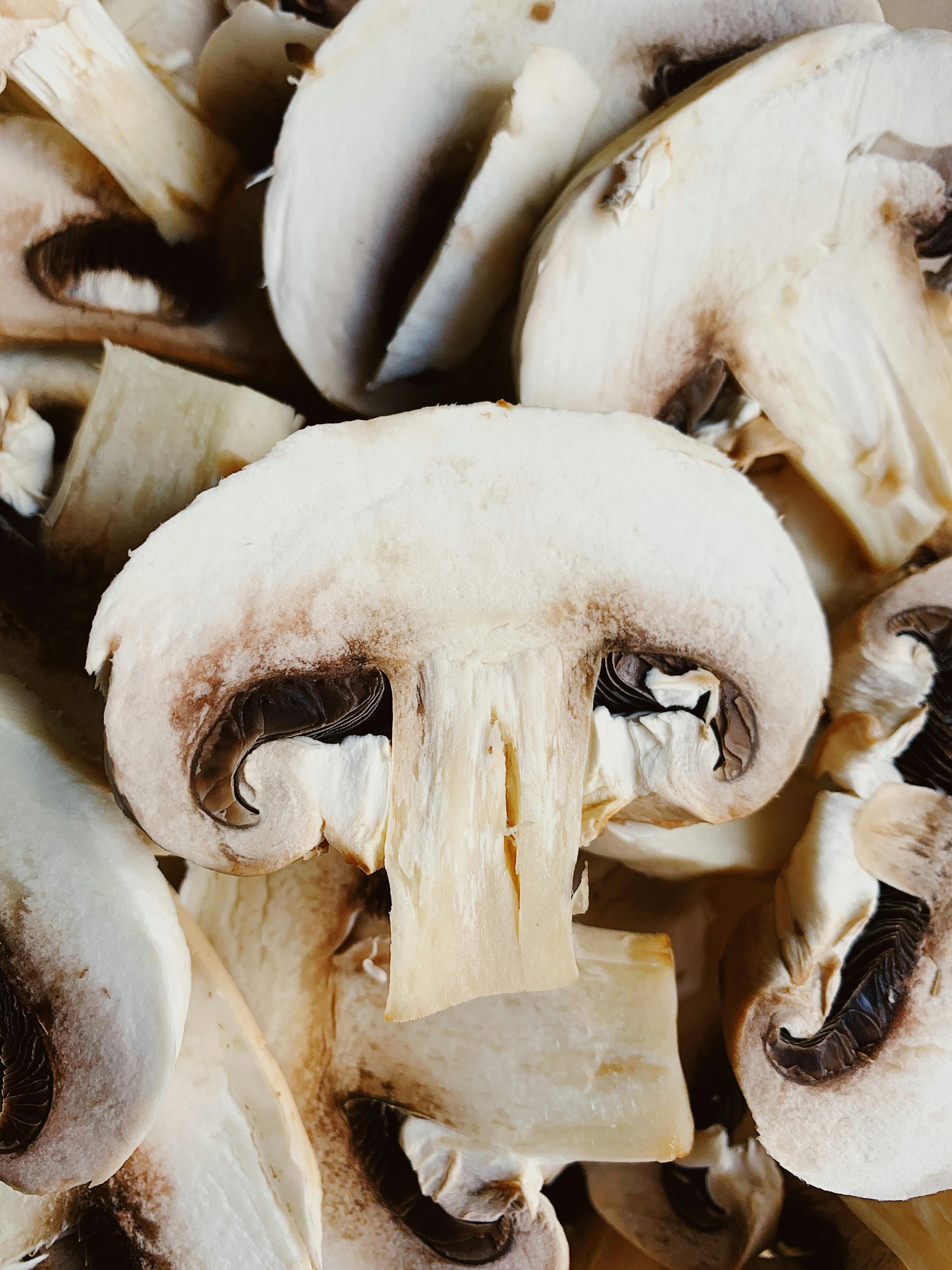Essential Guide to High Fiber Diet Plan for 2025
As we continue to prioritize our health in the upcoming years, the high fiber diet plan stands out due to its numerous health benefits. Fibers are not just a filler for our foods; they play crucial roles in digestion, heart health, and even weight management. With a growing body of research focusing on fiber's influences, many individuals are looking to incorporate more fiber-rich foods into their diets. Understanding the benefits of a high fiber diet can empower you to make healthier decisions and optimize your life in 2025. In this article, we’ll break down fiber-rich foods, daily recommendations, meal ideas, plus effective strategies to enhance your fiber intake.
Key benefits of a high fiber diet include improved gut health, better digestion, weight loss, and potentially lower cholesterol levels. This article will serve as a roadmap to guide you through everything you need to know about high fiber diets, leading you to practical meal ideas and recipes. Let’s explore the path to a healthier future through fiber-rich nutrition.
Understanding the Importance of Fiber in Your Diet
Building on the fundamentals of dietary knowledge, understanding the importance of fiber is key to improving your overall health. Fiber is categorized into two types: soluble and insoluble fiber, each functioning differently yet complementing one another in promoting well-being. Soluble fiber dissolves in water and helps to lower blood cholesterol and glucose levels. On the other hand, insoluble fiber adds bulk to the stool and aids in the passage of food through the digestive tract.
Benefits of High Fiber
Recent studies highlight the myriad health benefits fiber offers. Regular intake of fiber-rich foods is associated with a reduced risk of chronic diseases such as heart disease, type 2 diabetes, and certain cancers. The fiber helps regulate blood sugar levels, making it an essential component for those managing diabetes. Additionally, fiber helps in appetite control, as it promotes a feeling of satiety, which can assist in weight management.
Daily Fiber Intake Recommendations
The daily fiber intake for adults varies but generally encourages a consumption of 25 grams for women and 38 grams for men. However, many people do not reach these guidelines, which can lead to health issues. To bridge this dietary gap, incorporating various fiber sources—like fruits, vegetables, legumes, and whole grains—into your meals is crucial.
How to Increase Fiber Gradually
For individuals looking to enhance their fiber intake, it's essential to increase it gradually. Sudden spikes in fiber can lead to digestive discomfort. Start by adding fiber-rich foods one at a time, ensuring that your body adjusts smoothly. Monitor your body’s response, and balance fiber intake with adequate hydration to maximize its benefits.
Exploring Fiber-Rich Foods for Your Diet
This naturally leads us to the diverse array of fiber-rich foods available. Understanding what high fiber foods to include in your diet empowers you to create a nutrient-dense meal plan. Focus on incorporating a wide variety of fruits, vegetables, legumes, and whole grains, ensuring you cover both soluble and insoluble fiber sources.
Fiber in Fruits and Vegetables
Fruits and vegetables are some of the best sources of dietary fiber. Berries, apples, oranges, carrots, and broccoli, for example, are extremely high in fiber and nutrients, making them perfect options for any meal. Utilizing these in salads, smoothies, or as snacks can increase your daily fiber intake effortlessly.
Whole Grains Dietary Fiber
Whole grains are another excellent addition to a high fiber diet. Oats, quinoa, barley, and brown rice offer substantial dietary fiber while supplying essential nutrients and maintaining energy levels. Replacing refined grains with whole grains can significantly improve your fiber consumption and overall health.
High Fiber Legumes and Nuts
Legumes like lentils, chickpeas, and black beans are incredibly high in fiber and can be incorporated into various dishes ranging from soups to salads. Nuts and seeds, while also high in fiber, provide healthy fats and protein, making them ideal for snacking or as toppings for yogurt or salads.
Delicious High Fiber Meal Ideas
With these basics established, let’s dive into some delightful high fiber meal ideas that are not only nutritious but also satisfying. Having a variety of options can encourage adherence to a high fiber diet while enjoying delicious meals.
High Fiber Breakfast Options
Breakfast is a great opportunity to load up on fiber. Consider starting your day with oatmeal topped with berries and flaxseeds, or a smoothie made with spinach, banana, and chia seeds. These meals provide not only the benefits of fiber but also a steady release of energy throughout the morning.
High Fiber Lunch and Dinner Recipes
For lunch, a hearty salad featuring chickpeas, quinoa, and mixed greens is packed with fiber and flavor. Dinner can include whole grain pasta with a variety of vegetables and a tomato-based sauce, offering a deliciously fibrous and satisfying end to your day. Incorporating these ideas can lead you to new culinary experiences while enhancing your fiber intake.
High Fiber Snacks and Desserts
Snacking is an essential part of most diets, and high fiber snacks can help maintain energy and satiety. Options such as air-popped popcorn, apple slices with almond butter, or a mixture of nuts and seeds are excellent choices. Don’t forget about fiber-rich desserts too, like chia pudding or oat-based cookies, which can satisfy your sweet tooth while keeping you aligned with your dietary goals.

Key Strategies for Transitioning to a High Fiber Diet
Moving towards a high fiber diet requires thoughtful planning. This includes understanding your current diet, identifying how to increase fiber, and managing dietary changes effectively. Below are some strategies to ease your transition.
How to Read Fiber Labels
When shopping for groceries, understanding how to read nutrition labels for fiber content is crucial. Look for products that contain at least 5 grams of dietary fiber per serving. This ensures that you’re prioritizing high-fiber choices in your grocery shopping.
Fiber Supplements: Do You Need Them?
While it's best to get fiber from whole foods, some people may consider fiber supplements to reach their intake goals. However, it’s important to consult with a healthcare professional before starting supplements to ensure they fit your specific health needs without causing digestive issues.
Managing Fiber Intake and Hydration
It’s essential to balance your fiber intake with ample water consumption. Fiber absorbs water in the digestive system, which helps to maintain proper stool consistency and prevents constipation. Aim for about 8-10 glasses of water daily, especially when consuming a high fiber diet.
Maintaining Digestive Health with Fiber
Following this approach ensures you’re not just focusing on fiber as a nutrient but embracing it as part of your everyday health regimen. Fiber plays a significant role in maintaining digestive health, and understanding how it works in the body can further motivate your dietary changes.
Improving Gut Health with Fiber
Fiber facilitates the growth of beneficial gut bacteria, promoting a healthy gut microbiome. A diverse range of plant-based fibers enhances the variety of bacteria in the gut, supporting digestion and overall gut health. Incorporating a wide array of fiber sources ensures you’re supporting your gut’s nutritional needs.
Fiber and Heart Health
The quality of fiber in a diet significantly improves heart health by lowering bad cholesterol levels and managing blood pressure. Soluble fiber, particularly, found in oats and legumes, helps reduce cholesterol and supports cardiovascular well-being. Making high fiber choices can help in the long run to maintain a healthy heart.
Fiber for Weight Loss
Incorporating fiber-rich foods into your diet can enhance feelings of fullness. The concept of fiber and satiety is well-documented; foods high in dietary fiber tend to be less energy-dense, meaning you can eat your fill without exceeding daily caloric limits. The strategy of using fiber as a weight loss aid can be both effective and healthy.

Conclusion: Embrace the High Fiber Lifestyle
As we look towards 2025, embracing a high fiber diet can prove to be one of the most beneficial investments in your health. By understanding the importance of fiber, exploring diverse fibrous foods, and making gradual transitions, you can optimize your dietary habits for overall wellness. Remember, the key is consistency in fiber intake combined with hydration to enhance digestion and promote long-term health benefits. Through these efforts, you will not only be embracing a new lifestyle but also paving the way for a healthier future.
With practical meal ideas, thorough understanding of fiber sources, and effective management strategies, you have the tools needed to make fiber-rich choices a part of your everyday life. Start today, and experience the transformative power of fiber!
